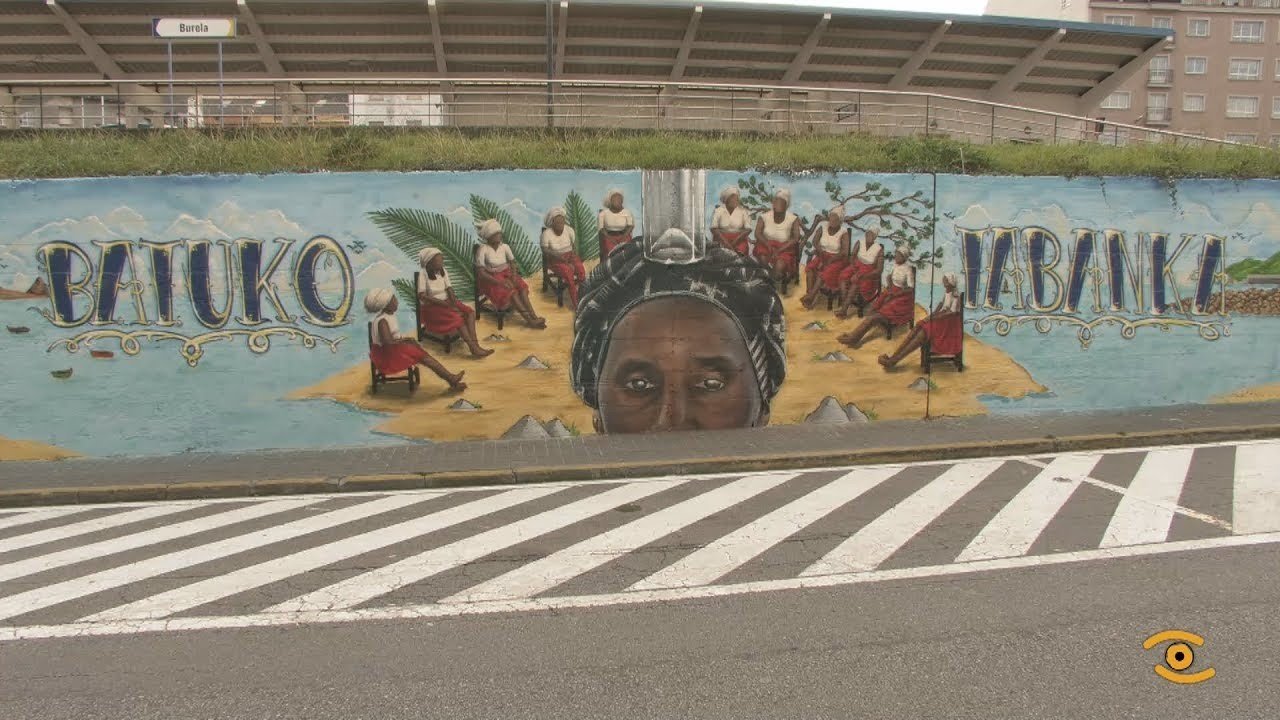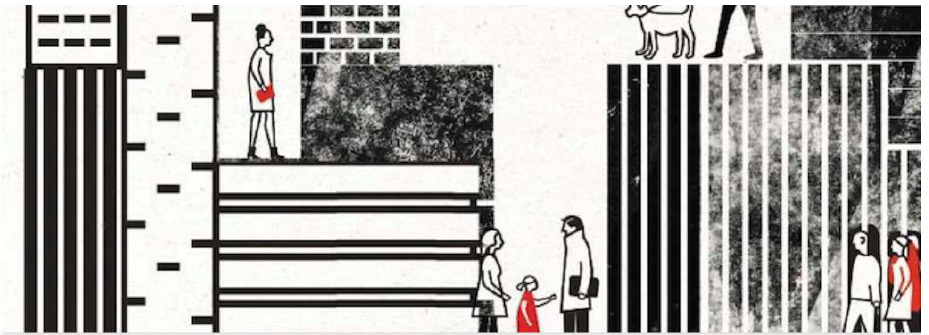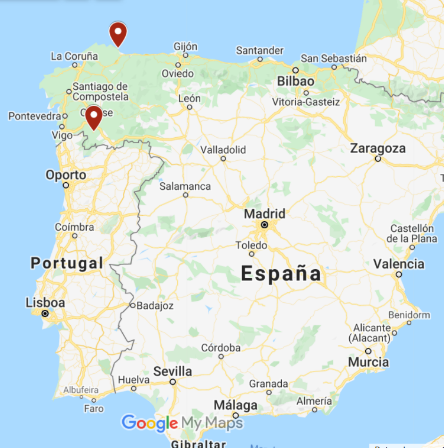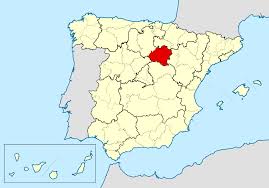Webinar WS Nederland – Matching: nieuwe kansen voor vluchtelingen en krimpregio’s?
Webinar 26 maart 2021, 11.00 – 12.30 uur
Sinds een jaar verkent het project Welcoming Spaces hoe nieuwe kansen kunnen ontstaan als internationale migranten en vluchtelingen zich vestigen in regio’s met bevolkingskrimp. Het goed matchen van personen en plekken blijkt echter niet zo eenvoudig. Toch zijn er in Nederland en daarbuiten succesvolle voorbeelden. Hoe lukt het hen wel? Dat verkennen we tijdens dit webinar. We nodigen burgerinitiatieven, maatschappelijke organisaties, lokale, regionale en nationale beleidsmakers, uitvoerders en bestuurders van gemeentes, provincies en nationale overheden, onderzoekers en andere geïnteresseerden van harte uit om hun uitdagingen en vragen voor te leggen, en ook om hun goede praktijken en interessante strategieën te presenteren.
Het programma bestaat uit twee onderdelen. In de ochtend organiseren we een Nederlandstalig webinar waarin de matching van statushouders en krimpregio’s in Nederland onder de loep wordt genomen. In de middag organiseren we een Engelstalige internationale meet-up over het matchen van zowel arbeidsmigranten als vluchtelingen met krimpregio’s. Hieraan nemen interessante initiatieven uit heel Europa deel. Zie programma onderaan.
Via deze link kunt u zich aanmelden voor het Nederlandse én internationale programma. https://www.formdesk.com/universiteitutrecht-geo/welcomingspacesnl
Voor vragen of meer informatie kunt u zich richten tot Rianne Hadders, welcomingspaces@uu.nl
Programma workshop matching van statushouders en krimpregio’s in Nederland
Welke kansen liggen er in de samenwerking tussen nationale instanties, gemeenten en maatschappelijke initiatieven om een goede match te faciliteren en zo de vestiging van statushouders te versoepelen?
11:00 – 11.05 Introductie door Welcoming Spaces onderzoekers
11.05 – 11.30 Praktijkvoorbeelden
- Kansen en uitdagingen op lokaal niveau.
Birgit op de Laak (burgemeester Nederweert): - Oplossingen op lokaal niveau.
Voorbeeld: vluchtelingen integreren als medewerkers in de zorgsector, via een samenwerking van vluchtelingen-, zorg- en arbeidsmarkt-organisaties.
Nicole Gijsbregts (Teamleider Maastricht, Projectleider In de Zorg – Uit de Zorgen (IDZ-UDZ) - Screening en matching van statushouders
Joeri Kapteijns (bestuurder) & Paul Driest (beleidsmedewerker) – COA
11:30 – 12:15 Discussie: kansen en uitdagingen in matching statushouders en krimpregio’s.
Tijdens de discussie zullen we focussen op goede ervaringen en voorbeelden in matching. Wat werkte goed en wat minder? Hoe zou je dit op andere plekken kunnen aanpakken? Input voor de discussie kan ook worden gegeven in het aanmeldformulier.
12:15 – 12:30 Samenvatting en concrete volgende stappen

| Start | 26 March 2021 – 11:00 |
| End | 26 March 2021 – 12:30 |
| Registration | Please register before March 24th 2pm |
| Contact | Welcoming Spaces coordinator: Rianne Hadders (r.hadders@uu.nl) |















